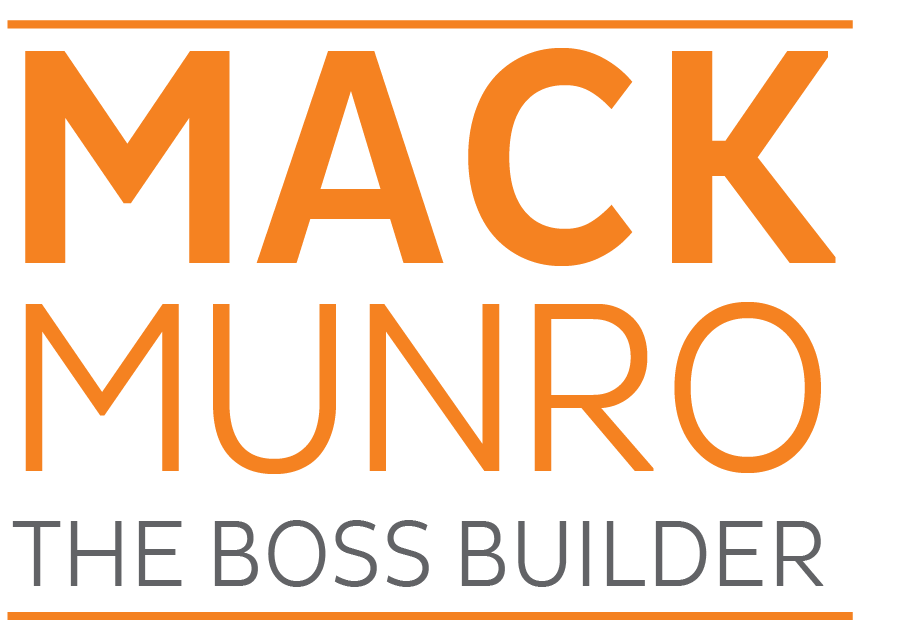 I recently spoke to a group of learning and development professionals on the topic of performance management. I always start the talk off with my Top 10 list of the Biggest Mistakes Made by Companies in Performance Management Programs. I start with #10 (a la David Letterman) and then get down to #1. With this group I let the suspense build by making the #1 mistake a multiple choice quiz question. Can you figure out the biggest mistake?
I recently spoke to a group of learning and development professionals on the topic of performance management. I always start the talk off with my Top 10 list of the Biggest Mistakes Made by Companies in Performance Management Programs. I start with #10 (a la David Letterman) and then get down to #1. With this group I let the suspense build by making the #1 mistake a multiple choice quiz question. Can you figure out the biggest mistake?
- Confusing the ROI of training with the value-add of performance management.
- Juxtaposing the syntax of Kirkpatrick’s Model with the Reuterbaga Model of Performance Excellence® Model for peak performance enhancement.
- Combining mindfulness with strategic learning and thinking.
- Looping change management complexities with the principles of learning management and knowledge transfer.
- I don’t know.
The answer is actually “I don’t know” (which leads to the real #1 problem which is making performance management a once-a-year event). In fact, the other four choices are just a bunch of training mumbo jumbo I threw together. Everyone fell for the bait though and thought since it was the BIGGEST mistake, you would need the BIGGEST and MOST COMPLICATED solution.
In my experience, sometimes a complicated solution makes a complicated problem even bigger. How can we tackle a complex problem more effectively and efficiently? Try the following steps:
- Clearly define the problem. A problem is simply a condition where current reality doesn’t meet our expectation.
- Narrow the problem down to its root issue. Think actual condition, not symptoms.
- Identify if it’s a people problem or a process problem. Don’t get these two mixed up. If you blame a problem on people but they can’t be successful because of a broken process, fix the process.
- For people problems, use my 3-Legged Stool of Great Performance® model to figure out if it’s a Skill (needs training), Will (needs motivation, or Focus (needs guiding or coaching).
- For process problems, start by mapping out the process the way it currently exists using a flowchart. Be honest here. Show it exactly like it is. Then draw out the ideal. Where the discrepencies are, begin your intervention…
- …Which should always be done in small steps that should be tested. Don’t tweak everything at once. Small step, test, next step, test etc.
Don’t be afraid to admit the problem is simple and needs a simple fix. Big problems are simply a whole bunch of little problems joined together in a tangled mess, much like that big ball of Christmas lights you have to untangle every November.
Problem-solvers are respected, compensated well, and sought after. Why not work this week to improve your problem-solving skills. Think simple, not simplistic and you’ll be on your way to solving those big, complicated problems.

